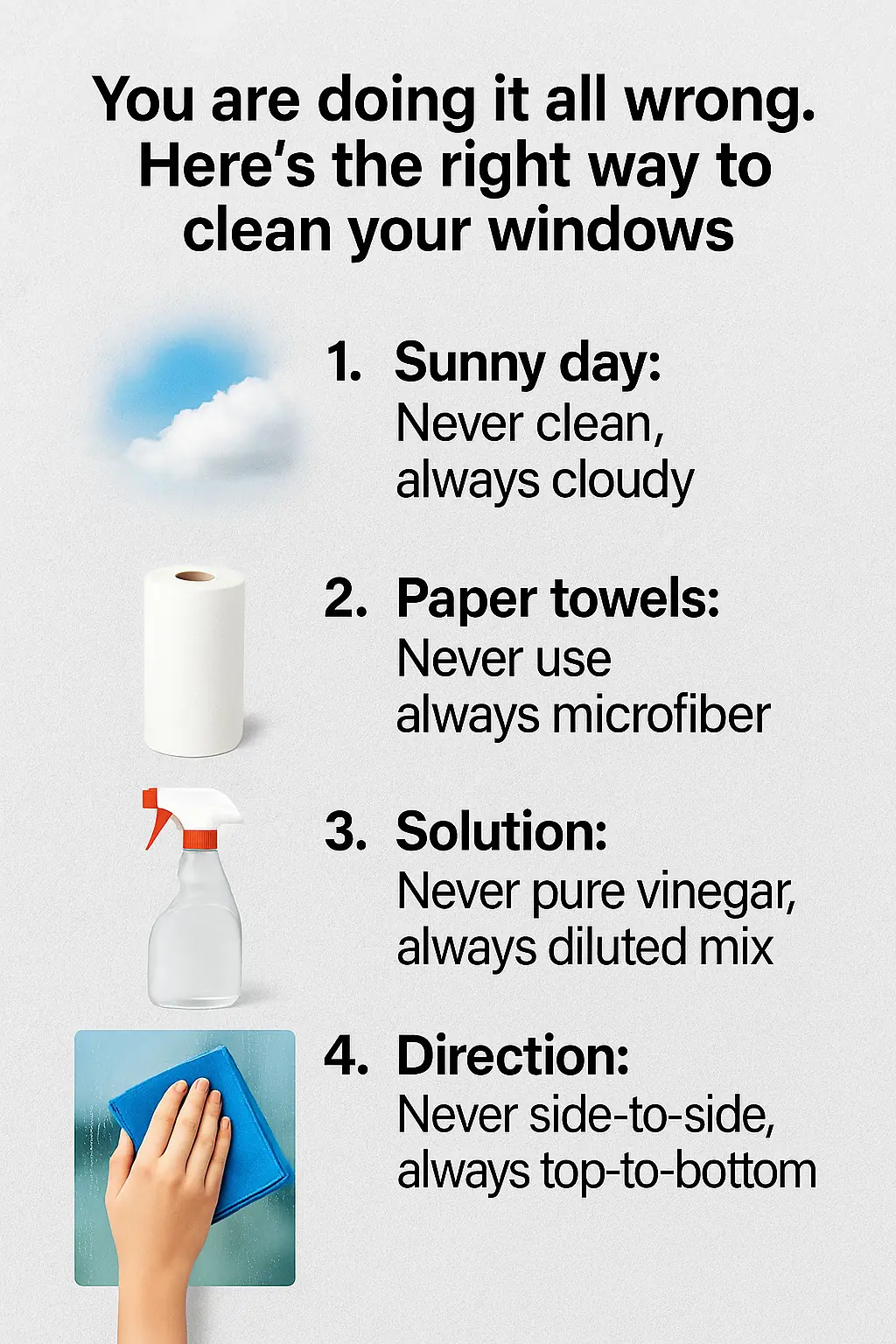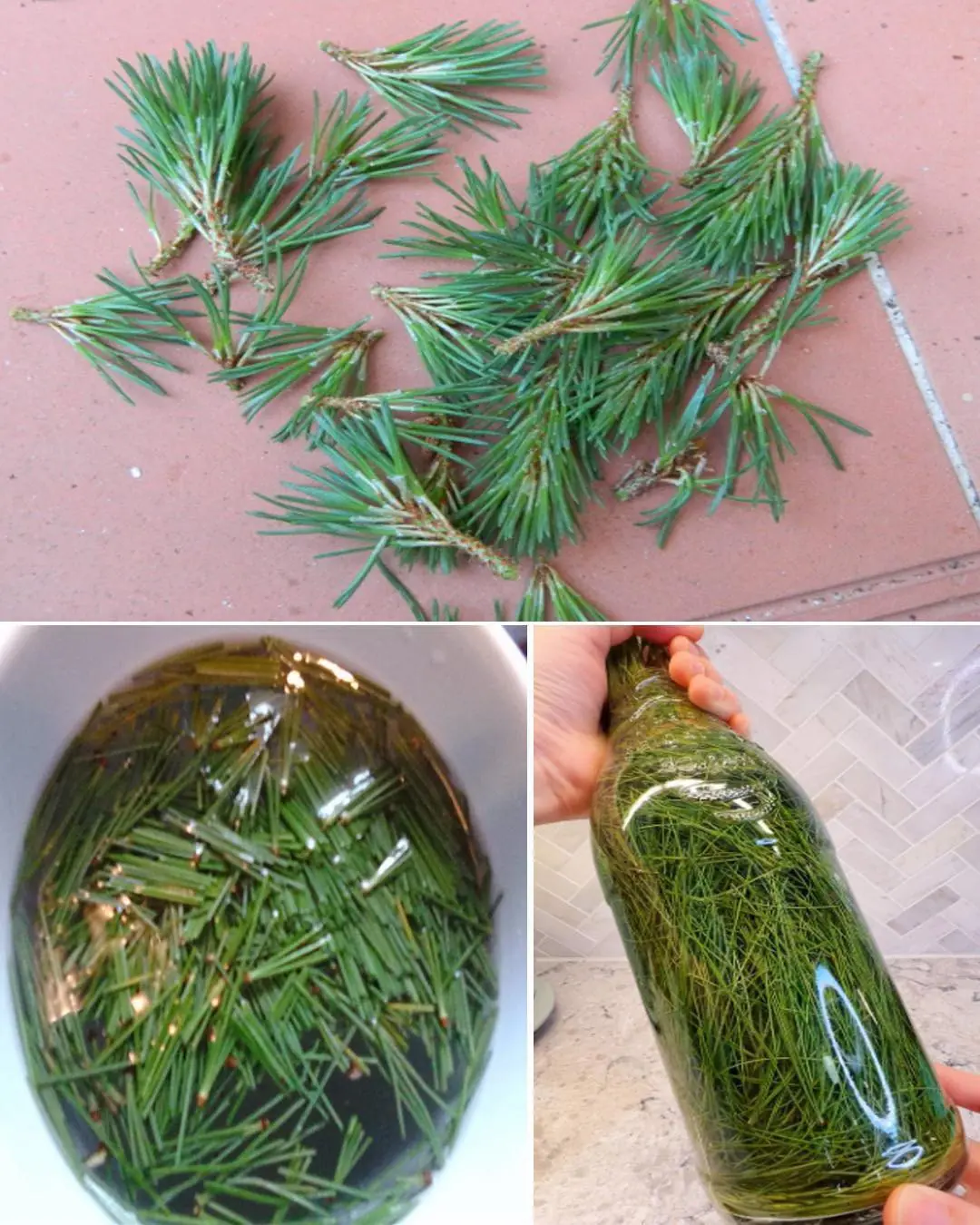
The more you clean a leaky house, the dirtier it gets: Do this to dry it, with immediate effect

How to Deal with Damp and “Sweating Walls” During Humid Weather in Northern Vietnam
The northern region of Vietnam is now entering a long stretch of humid, rainy weather. During this period, many households find themselves dealing with slippery floors, foggy windows, and walls that appear to be “sweating.” This excess moisture not only makes daily life uncomfortable but can also affect the health of family members—encouraging mold growth, unpleasant odors, and even respiratory issues. Fortunately, with a few simple tricks, you can effectively combat this problem and keep your home dry and pleasant.
Why Do Floors and Walls “Sweat” During Humid Weather?
Homes that are built close to the ground are particularly prone to dampness. The phenomenon is quite similar to what happens when you place a cold glass of water in a warm room—the outside of the glass becomes covered in tiny droplets. These droplets don’t come from inside the glass; rather, they form because the surface of the glass is cooler than the surrounding air, causing moisture in the air to condense.
The same principle applies to your house. When warm, moisture-laden air comes into contact with the cool surfaces of your floor, walls, or windows, condensation forms. The result: slippery floors, damp walls, and misty windows that make your home feel clammy and uncomfortable.
Practical Ways to Keep Your Home Dry During Humid Weather
1. Keep Windows and Doors Closed
When humidity levels are high, the less moist air that enters your home, the better. Make sure to close all doors, windows, and small gaps where outdoor air could seep in—especially during the early morning and late evening when humidity peaks.
If the sun comes out at noon, take the opportunity to open all windows and doors to ventilate and allow sunlight to dry out the moisture inside your house. Sunlight is a natural and effective way to kill mold spores and reduce dampness.
2. Wipe Floors with a Dry Cloth
When cleaning during humid weather, avoid using wet mops or damp cloths. Instead, use a completely dry towel or mop to absorb excess moisture from the floor. Using water to clean can actually worsen the problem, making surfaces even more slippery and damp. You can also sprinkle a bit of baking soda or place desiccant packets in corners to help absorb moisture from the air.
3. Use Quicklime (Calcium Oxide) to Absorb Moisture
A traditional yet effective method is to use quicklime. Divide the quicklime into small paper bags or plastic containers and place them around your house—especially under beds, sofas, or in corners that tend to stay damp. The calcium oxide (CaO) in lime reacts with water vapor in the air, absorbing it and keeping the area dry. Remember to replace the lime periodically when it becomes powdery or soft, as this means it has absorbed too much moisture.
4. Use a Dehumidifier or Air Conditioner
A dehumidifier can efficiently pull moisture from the air and circulate dry air back into your home. Depending on your room size, choose a dehumidifier with suitable capacity. If you don’t own one, your air conditioner can also help—just run it in “dry mode” (dehumidifying mode) to reduce indoor humidity levels. This not only prevents mold but also protects wooden furniture and electronics from moisture damage.
5. Install an Exhaust Fan in the Bathroom
Bathrooms and toilets are naturally more humid than other rooms. Installing a ventilation or exhaust fan helps remove damp air, keeping these spaces fresher and cleaner. You can even leave the fan on for 15–20 minutes after showering to ensure moisture doesn’t accumulate on the walls or ceiling.
6. Minimize Moisture Sources Indoors
During these humid days, it’s important to avoid adding extra moisture to the air. Don’t leave open containers of water in your home, and limit cooking methods that generate steam—such as boiling, stewing, or making hotpot. Instead, opt for baking, grilling, or stir-frying, which help keep the air drier.
Additionally, drying clothes indoors should be avoided if possible, as wet laundry significantly raises humidity levels inside the house.
Extra Tips for a Fresher, Healthier Home
-
Use moisture-absorbing bags (often made from silica gel or activated charcoal) in closets and storage areas.
-
Wipe windows with a bit of vinegar water to prevent fogging.
-
Lay newspapers or old towels under rugs or mats to soak up excess moisture.
-
Keep furniture slightly away from the wall to allow airflow and prevent mold growth.
-
Place houseplants like peace lilies or Boston ferns, which naturally help regulate humidity levels.
By following these practical steps, you can keep your home dry, comfortable, and safe for your family even during the most humid days of the year. A few small changes in your daily routine will go a long way toward protecting your living space—and your health—from the discomforts of prolonged damp weather.
News in the same category


You’re doing it all wrong. Here’s the right way to store eggs

The reasons why public toilet doors don't touch the ground.

Pouring Salt into the Toilet: Everyone Thinks It’s Crazy, but Once You Know Its Benefits, You’ll Try It at Home Immediately

Black Mold on Refrigerator Seals? Use This Trick to Clean It in Just 5 Minutes

Don’t Ignore This: Check Your Fridge Now and Remove These 7 Items Before It’s Too Late

Why is that and the answer for those who don't know?

Why Do Flat Electrical Plugs Have Two Round Holes? The Hidden Function Is Brilliant

What Your Pile of Dirty Dishes Might Really Be Saying About You

You're doing it all wrong. Here’s the right way to store butter

Why There’s a Dent in Your Milk Jug—and What It Actually Does

During humid spring rains, put this in the bathroom to help deodorize, avoid moisture, and save cleaning time.

4 ways to distinguish clean vermicelli and vermicelli contaminated with chemicals, every housewife should know

Tips for salting white eggplants so they stay crunchy, don't turn black, and don't develop mold over time

Putting citrus peels in white vinegar helps solve many household problems without wasting effort.

The whole world values this type of fruit even more than cordyceps; Vietnam has plenty of it, but no one knows to eat it.

You are doing it all wrong. Here's the right way to clean your windows

My nana taught me this hack to whiten dingy grout in 4 mins with 0 work. Here’s how it works

You’re doing it all wrong. Here’s the right way to dust your home
News Post

Unlock Your Body’s Hidden Power: Try Garlic and Honey on an Empty Stomach for 7 Days

Tragus Piercing What Does It Mean

9 Health Benefits of Pine Needles

Unlock The Incredible Health Benefits of Garlic, Ginger and Lemon for Men

A special method to grow garlic in plastic bottles

7 Benefits of the Miracle Leaf of Life

7 Amazing Health Benefits of Banana Blossoms

Boiling Sweet Potatoes: Don’t Just Add Plain Water—Add This Spoonful for Perfectly Fluffy, Sweet Results

The Science Behind Putting a Cotton Swab in a Menthol Oil Bottle

More People Are Struggling with Visceral Fat — Doctors Reveal 9 Foods That Help Burn It Naturally

Black Turmeric vs. Yellow Turmeric: Which One Is Better?

Starve cancer: the diet rotation strategy you need to know

Like to see more from Tips for the Home

💪 Sarcopenia: Why Muscle Loss Happens & How to Fight It (After 50)

I Had No Idea About This!

These Ideas Are Amazing: 10 Clever Ways to Use Dryer Sheets Beyond the Laundry Room

Most Don’t Know: 13 Brilliant Ways to Use WD-40 Around the House

Garlic Mustard: The Overlooked Herb That Can Boost Your Health — Especially Your Eyes

SHOCKING NEW STUDY REVEALS WHAT MIGHT BE SILENTLY DESTROYING HUMAN FERTILITY
